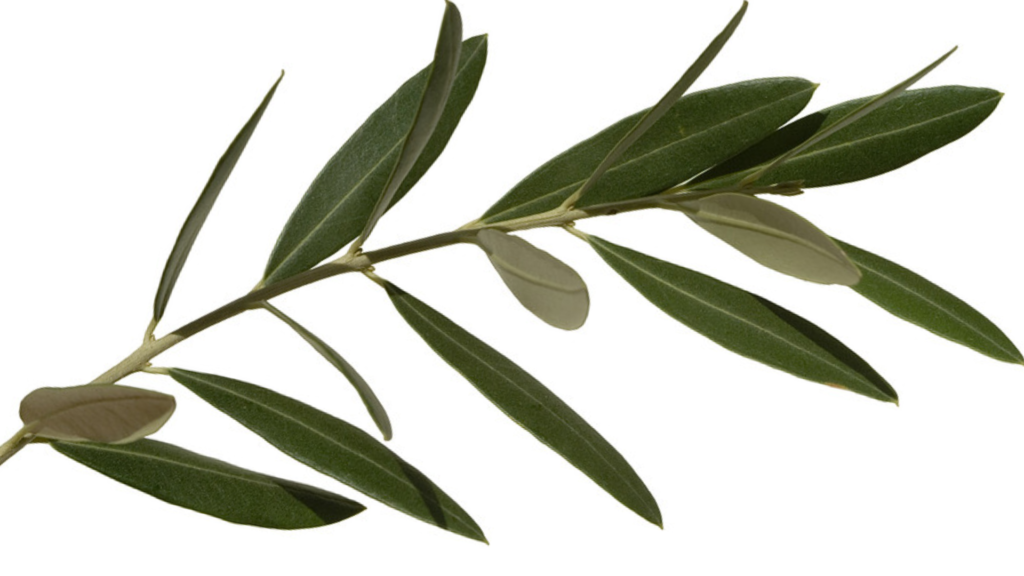Palm Sunday: Did you know?
The use of the olive branch on Palm Sunday has profound significance in Christian tradition. Palm Sunday marks the beginning of Holy Week and commemorates Jesus’ triumphant entry into Jerusalem, when he was greeted by a crowd that acclaimed him as the Messiah and extended olive branches and palm leaves as he passed (recounted in the Gospels, especially in Matthew 21:1-11).
Symbolism of the Olive Branch
- Peace and Victory: The olive branch symbolizes peace, as in biblical culture the olive tree was a sign of reconciliation with God. This significance dates back to the story of the Great Flood when a dove brought an olive branch to Noah as a sign of the end of the flood (Genesis 8:11).
- Blessing and Protection: During Palm Sunday Mass, the branches are blessed by the priest and the faithful take them home as a sign of protection and blessing.
- Spiritual Triumph: While palms symbolize the victory and glory of Christ as King, olive branches reflect the humility and peace with which Jesus assumed his role as Savior.
Celebration Practice
In many regions, especially where palm trees are not available, olive branches are used for their availability and spiritual significance.
The faithful often participate in a procession carrying the blessed branches, proclaiming joy at Jesus’ arrival.
After the celebration, the blessed branches are often placed in homes, sometimes behind crucifixes or religious images, as a symbol of faith and protection.
On the following Ash Wednesday, some of these dried branches are burned to obtain the ashes that will be used in the imposition of ashes, thus closing the liturgical cycle of penance and preparation for Easter.

